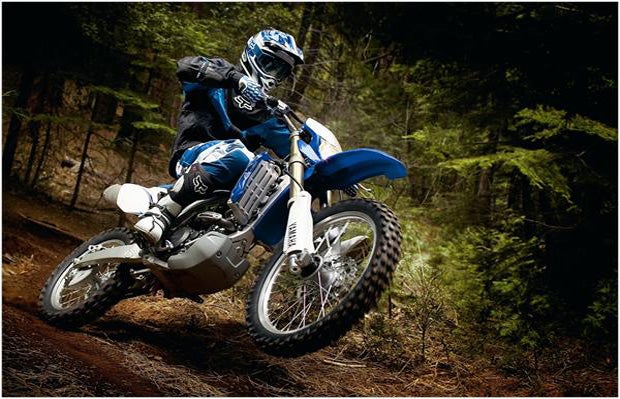
Maybe itís been a few years since that old motocross bike has seen a track, or you simply find yourself spending more time riding trails and wide-open spaces. With a growing population of older motocross bikes on the market, itís no surprise resourceful riders are finding ways to give MX bikes a second life on the trail.
In the last year, I too have found myself spending more time riding with friends on trails, carefully maneuvering around rocks and trees, racing up and down big hills--just enjoying the ride.
As crazy as it might sound, with just a few bolt-ons and modifications, most MX bikes can be converted into a capable off-road bike--great for doing trails.

In fact, many off-road and enduro manufactured dirt bikes are based on motocross bikes. Good examples of this are the Honda CRF-R and CRF-X, KTM 450 SX/MXC/XC/EXC, Kawasaki KX & KLX, Yamaha YZF & WR, and Suzuki RM-Z and RM-X.
Some of these bikes share the same frame, body, engine and suspension components. Theyíre just tuned for a different type of riding. At a quick glance, one might even think the only difference is the headlight, but it goes a little deeper than that.
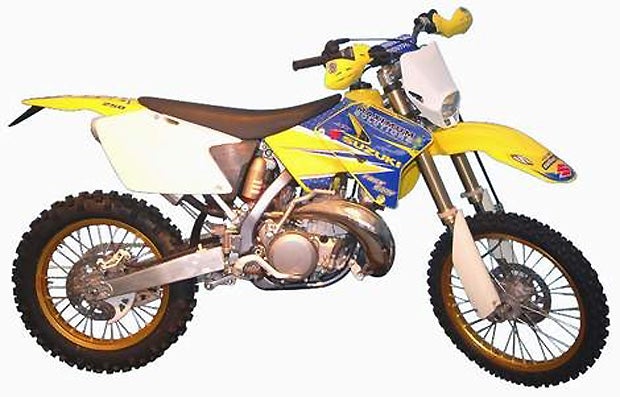
In this multi-part series, we will focus on some of the essential modifications needed to help your motocross bike perform, ride and survive on the trail. Weíll also touch on some additional tricks to make your bike even better on the trail.
Applicable to both two- and four-stroke motocross bikes, these upgrades are sure to make your machine trail ready!
These are some of the areas we will touch on for our build:
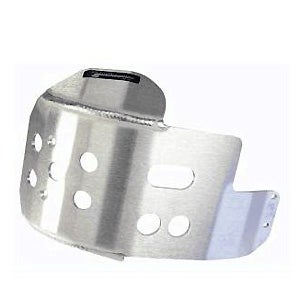
Armor
Extra protection like skid plates are left off motocross bikes to cut weight on the track. On the trail, having a skid plate can make a difference between walking or riding back to camp after hitting a big rock or stump. With a few protection pieces and armor, an MX dirt bike can be better equipped for surviving the trail.
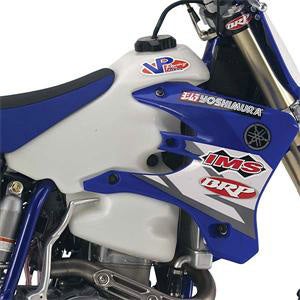
Fuel Tank
Motocross bikes are designed to be light, fast and nimble. Having a small fuel tank is an important part of the equation. A motocross bike is short, so less than two gallons is sufficient. On the trail, that small tank isnít going to get you too far. Luckily there are some different options to increase your fuel capacity for the trail.
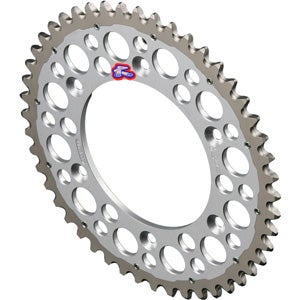
Gear Ratio
Swapping out the chain sprocket size is probably one of the easiest and most economical ways to get an MX bike to go faster or have more low-end torque. For some, transmission gear options are also available. Even tire size makes a difference.
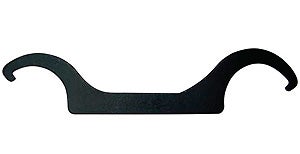
Suspension
Motocross suspension is too rough if you plan to go on long rides in the desert, mountains or countryside. With some suspension tuning geared towards trail riding, your dirt bike will ride smother and help you stay energized longer on the trail.
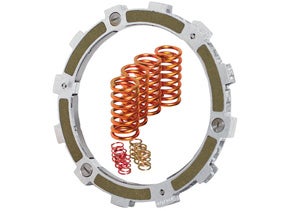
Fly-wheel and Clutch Options
If stalling the engine in technical sections is still a problem once you modify the gear ratio, there are some additional things you can do to stop this from happening--such as adding a heavier fly-wheel or automatic clutch.
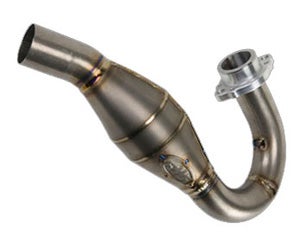
Performance
Dirt bike jetting, intake and exhaust system can help build more torque for the trail, especially in the low to midrange. Other modifications like ignition and cams can also help.
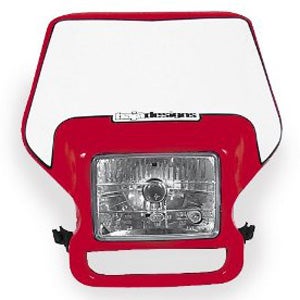
Enduro Headlight/Taillight
Besides looking cool, headlights and taillights add a safety feature to a dirt bike that makes riding in the dark possible. It also helps add visibility on the trail when conditions are foggy, misty or dusty. Both battery packs and direct-current options are available.
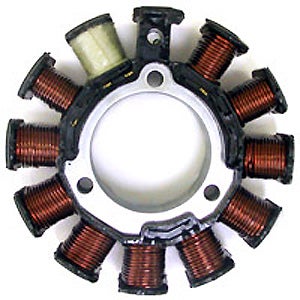
Stator/Electrical
Motocross bikes donít typically come with a lighting stator, again, for weight savings and simplicity. Although not necessary for riding trails, some may want to add them to power lights, trip computers, GPS and battery.
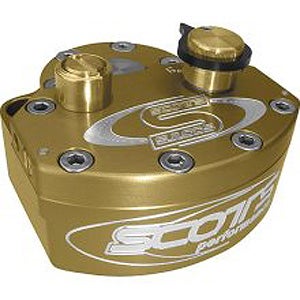
Steering Stabilizer
Having a steering stabilizer can help fight rider fatigue on unforgiving terrain--sometimes leading to rider error. Originally used on off-road race bikes, this technology can now be found on top motocross bikes. Weíll take a closer look at what steering stabilizers do and how they can improve your riding.
Stay tuned as we get rolling on our latest Off-Road.com bike project. We hope you come along for the ride, and maybe even start building your very own trail bike.


 Your Privacy Choices
Your Privacy Choices